-
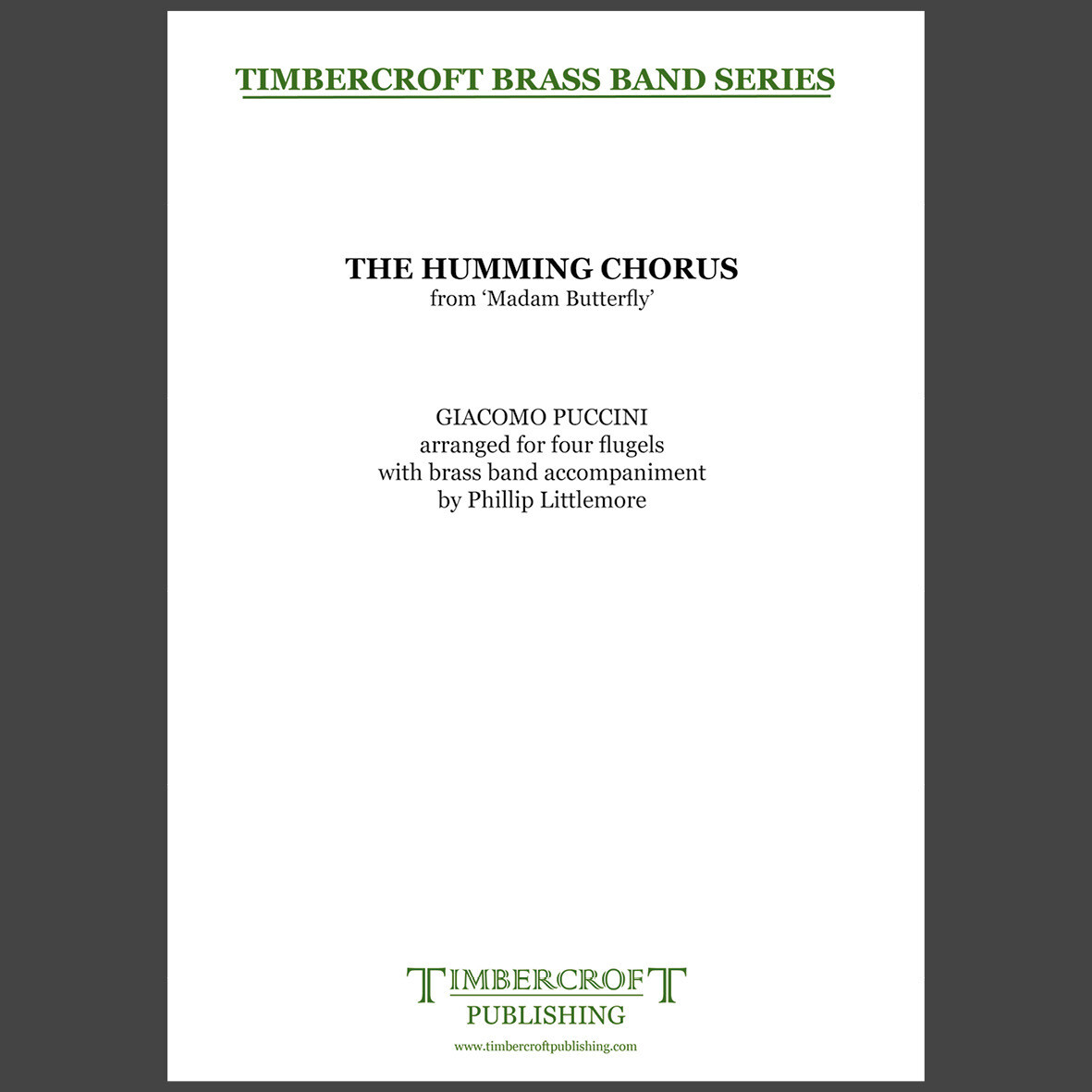 £35.00
£35.00Humming Chorus - Giacomo Puccini arr. Phillip Littlemore
Estimated dispatch 5-7 working days
-
 £35.00
£35.00I Vow To The, My Country - Gustav Holst/Geoff Knorr arr. Phillip Littlemore
Estimated dispatch 5-7 working days
-
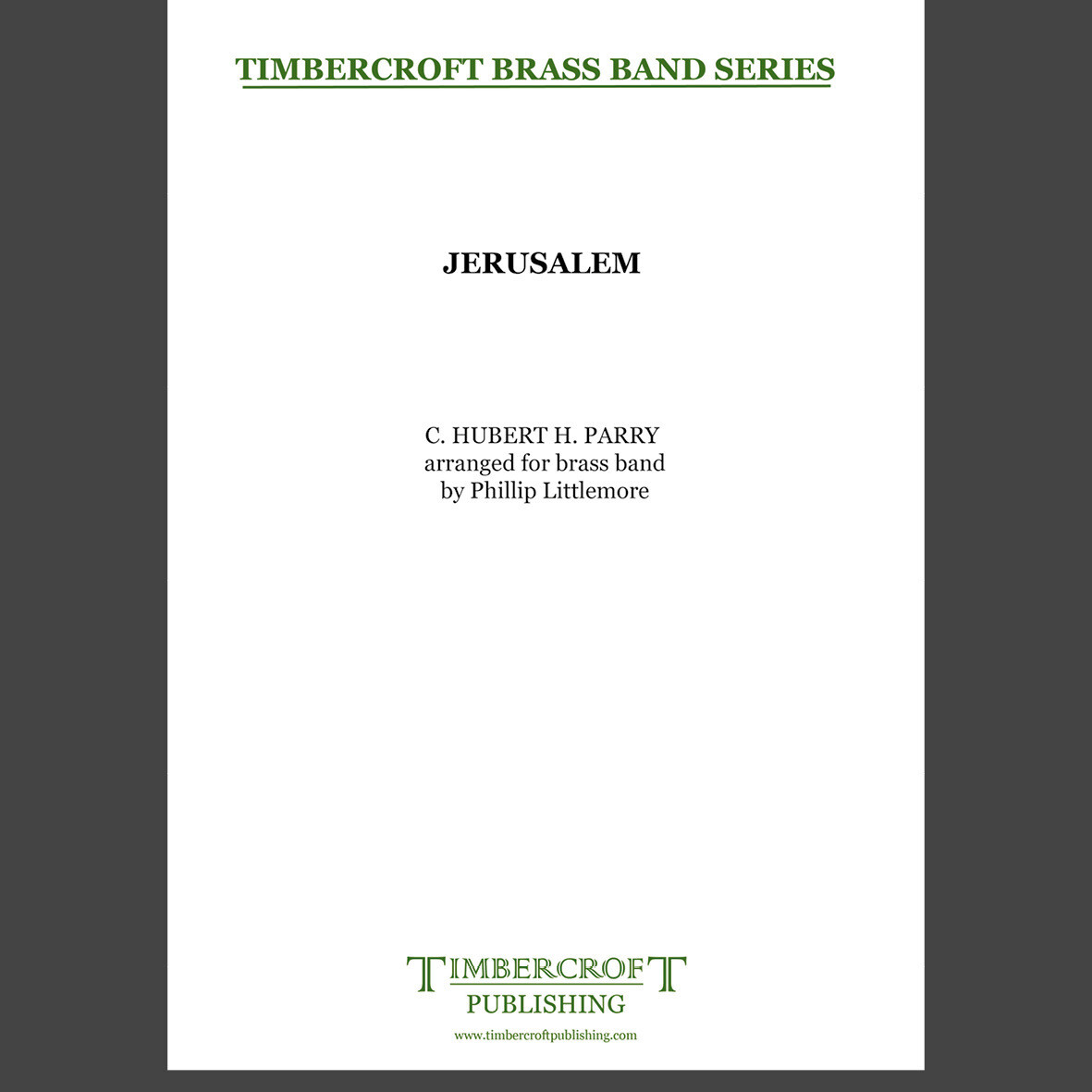 £35.00
£35.00Jerusalem - C. Hubert H. Parry arr. Phillip Littlemore
Estimated dispatch 5-7 working days
-
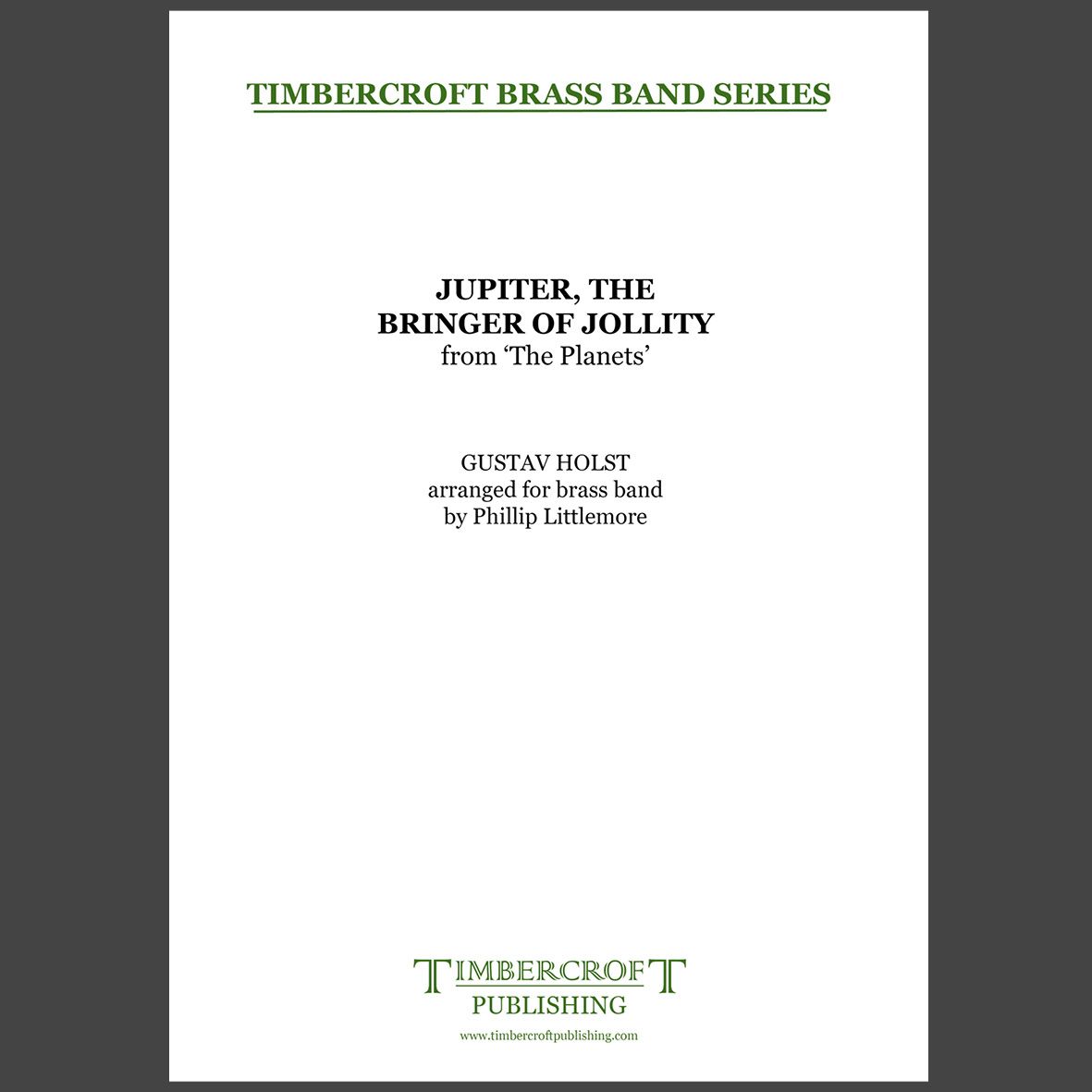 £45.00
£45.00Jupiter, The Bringer of Jollity - Gustav Holst arr. Phillip Littlemore
Estimated dispatch 5-7 working days
-
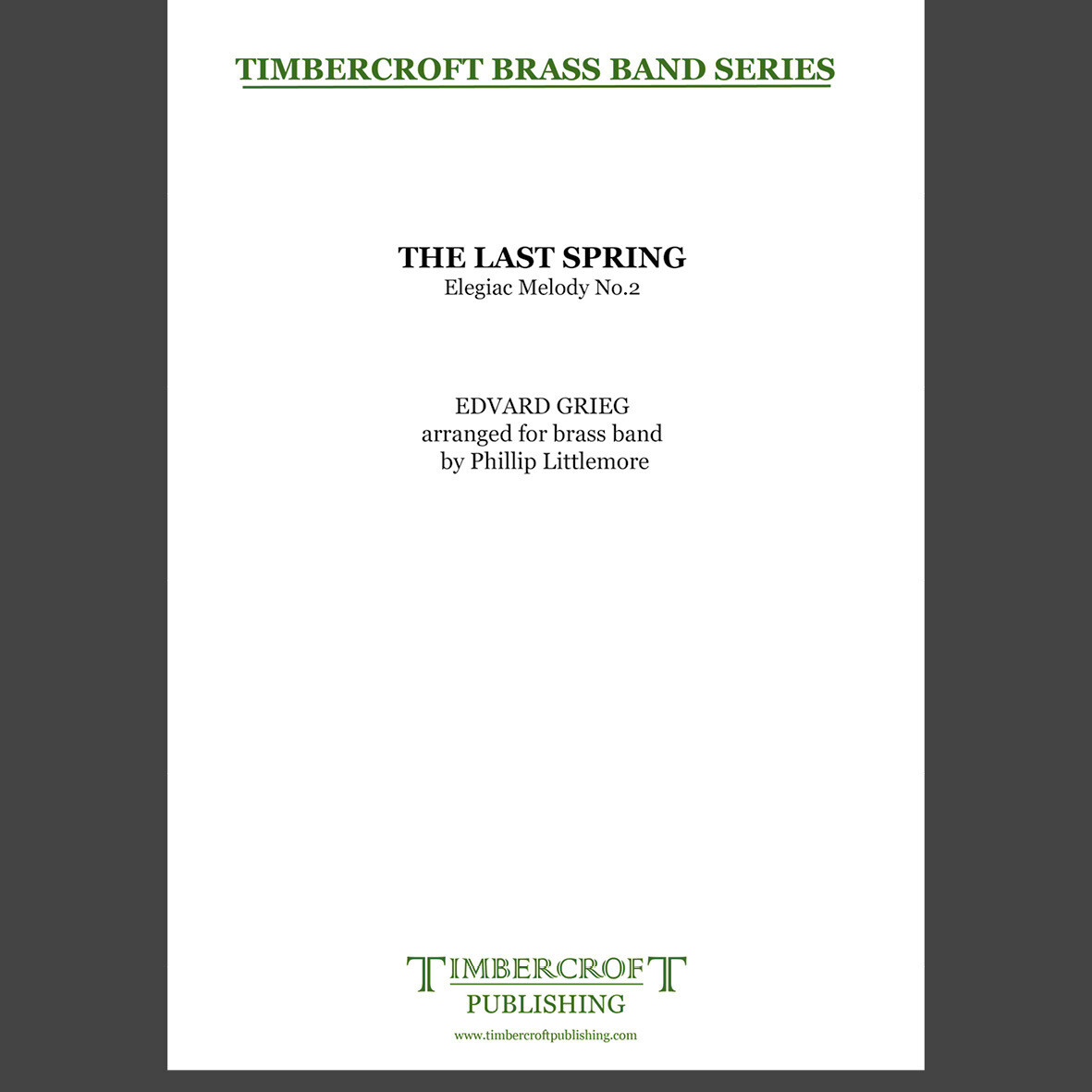 £35.00
£35.00Last Spring, The - Edvard Grieg arr. Phillip Littlemore
Estimated dispatch 5-7 working days
-
 £45.00
£45.00Light Cavalry Overture - Franz von SuppAª arr. Phillip Littlemore
Estimated dispatch 5-7 working days
-
 £40.00
£40.00Magic Flute Overture, The - W. A. Mozart arr. Phillip Littlemore
Estimated dispatch 5-7 working days
-
 £45.00
£45.00March Slav - Pyotr Tchaikovsky arr. Phillip Littlemore
Estimated dispatch 5-7 working days
-
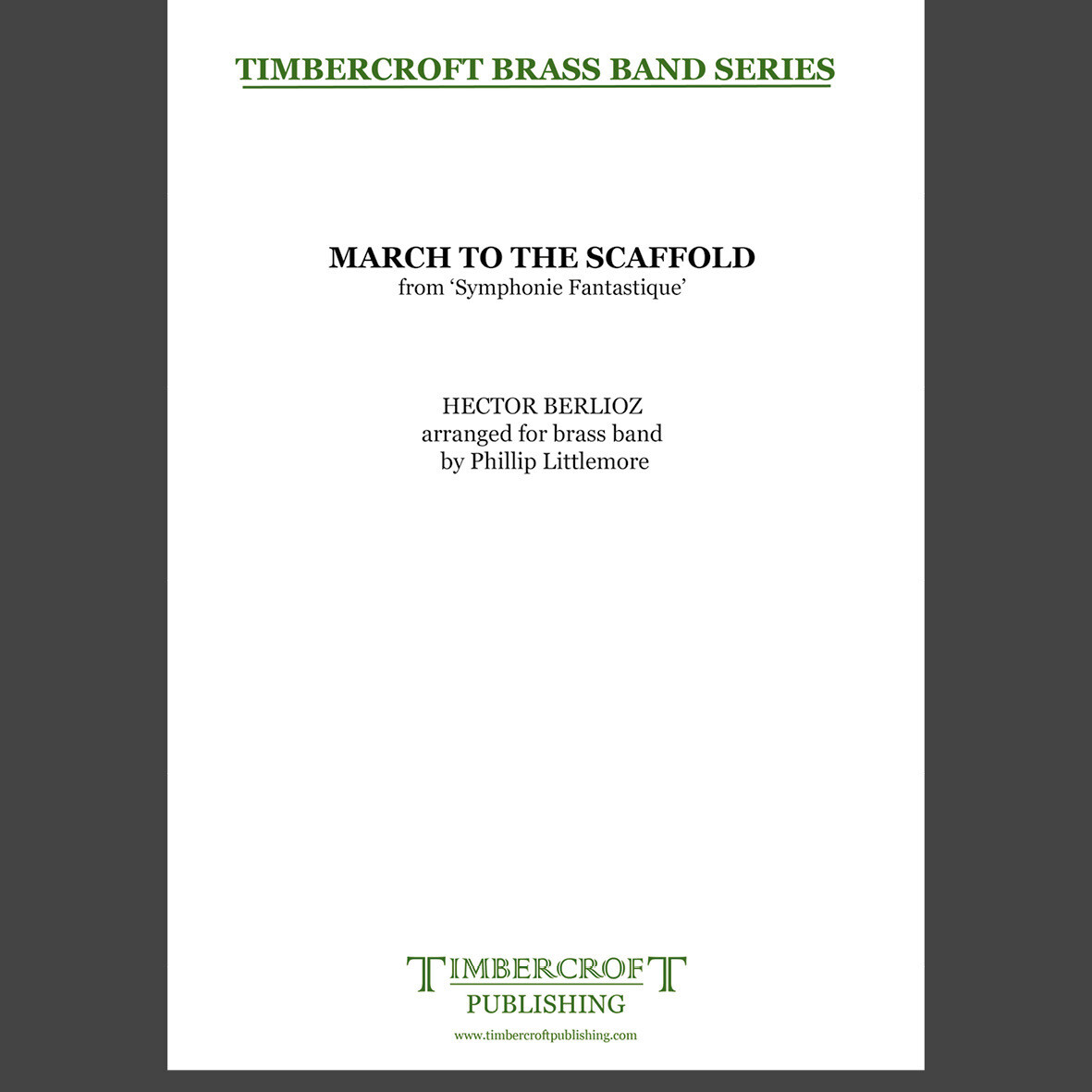 £40.00
£40.00March to the Scaffold - Hector Berlioz arr. Phillip Littlemore
Estimated dispatch 5-7 working days
-
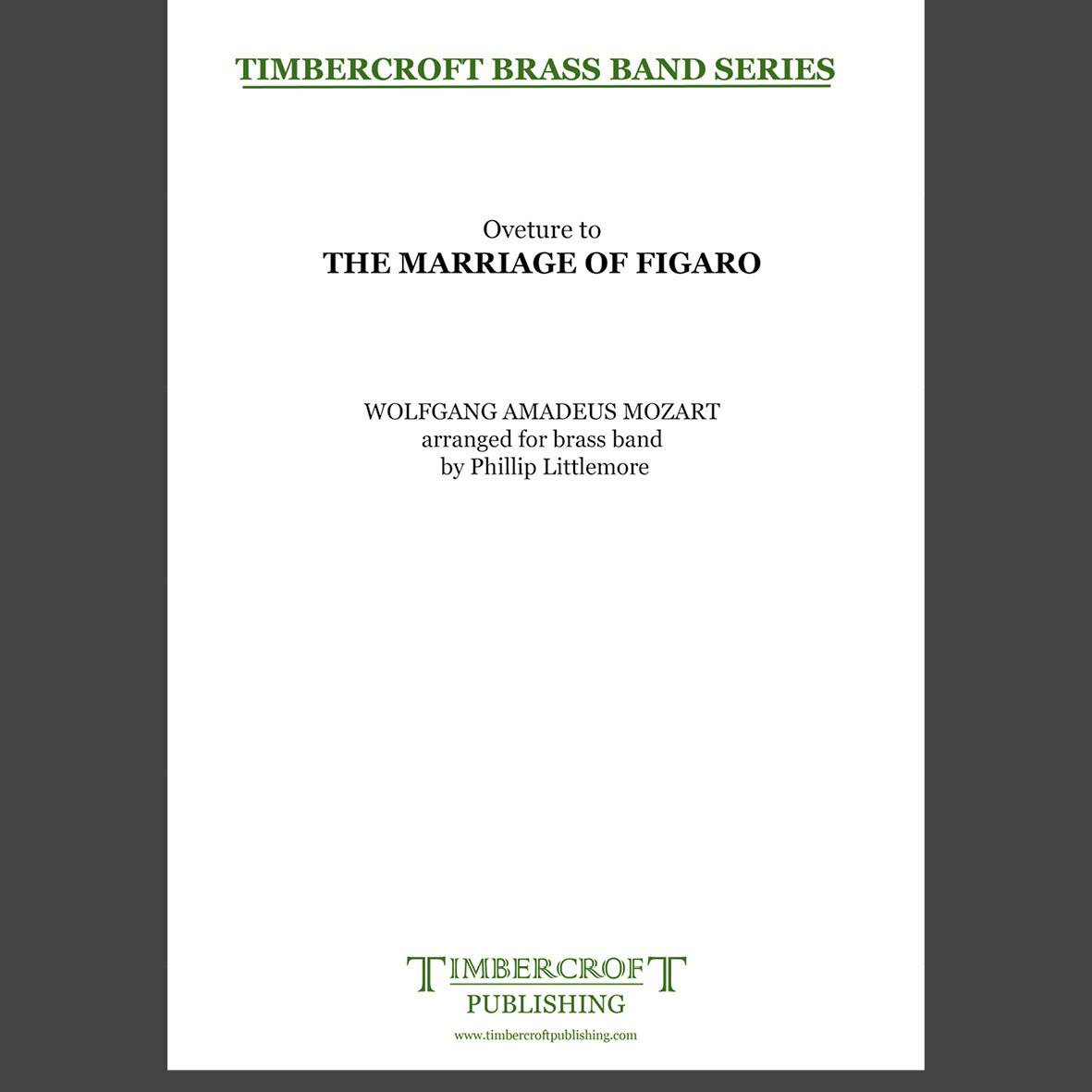 £40.00
£40.00Marriage of Figaro Overture, The - W. A. Mozart arr. Phillip Littlemore
Estimated dispatch 5-7 working days
Searching for Wind Band Music? Visit the Wind Band Music Shop

Sign-up to our mailing list for the latest Brass Band music releases & special offers.
Tel: (07852) 519 763 | International: +44 785 251 9763 | Email: [email protected]
Use the search box below to search for music for
Brass Band | Brass Ensemble | Junior Band | Flexi Band | Solos with Piano | Practice & Solo Books
Brass Band | Brass Ensemble | Junior Band | Flexi Band | Solos with Piano | Practice & Solo Books